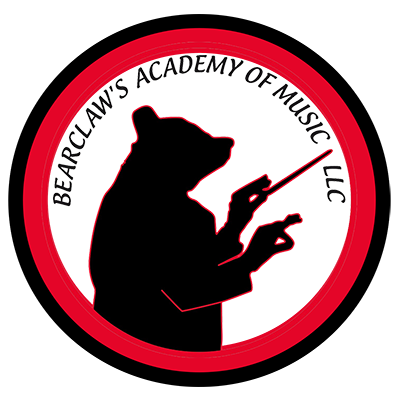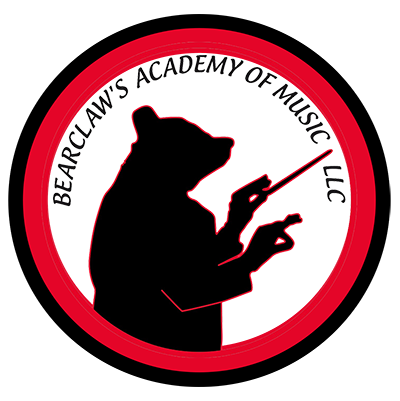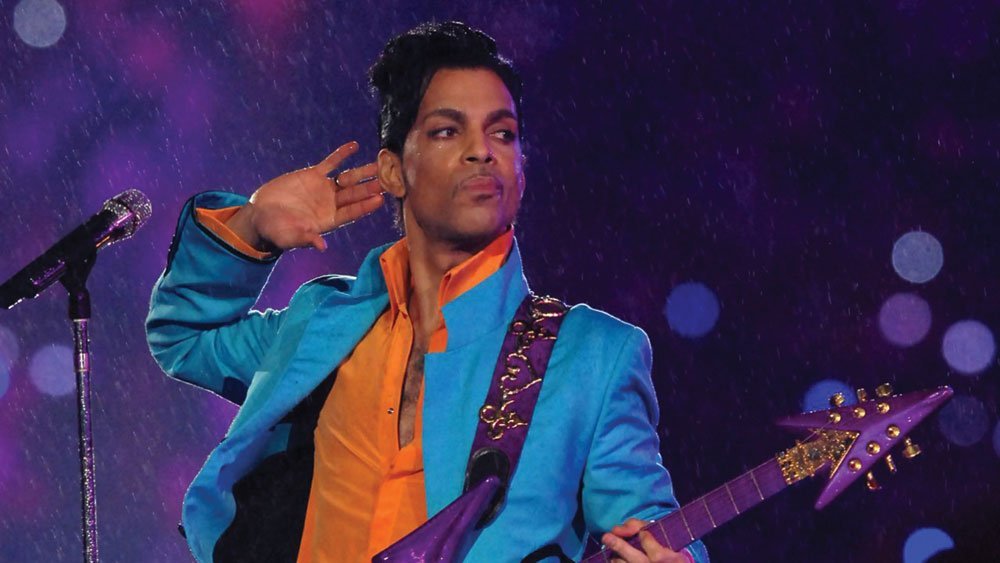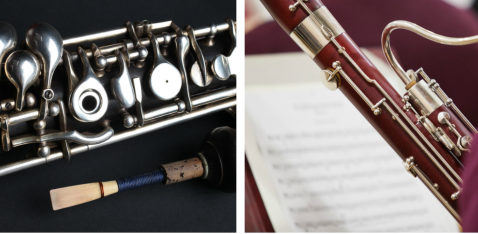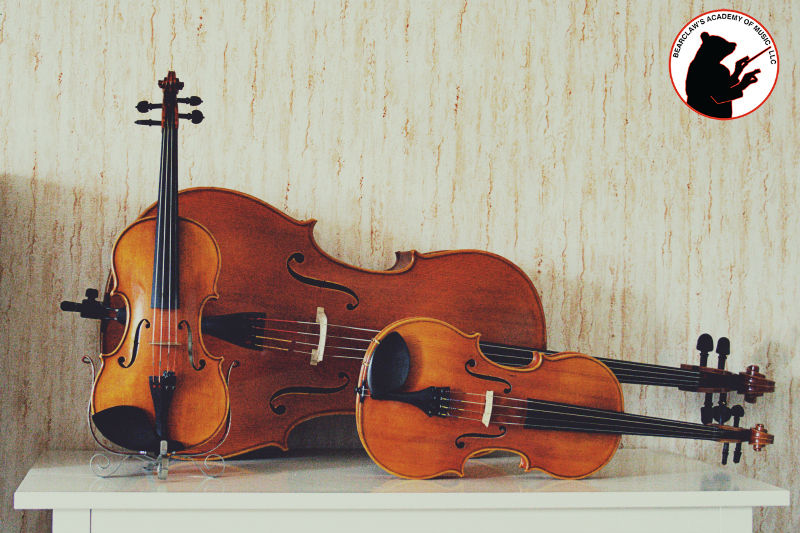Earlier this year, a shadow was cast over the music industry when news broke that a musical icon by the name of David Robert Jones, aka “David Bowie,” passed away from liver cancer. An illness he was battling for the last 18 months of his life, and during the recording sessions for his swan song #1 charting masterpiece album, Blackstar, which was released in January of this year. As I prepare submitting this piece for my Editor to review, I just found out through friends that yet another musical genius has left us, Prince Rogers Nelson was found dead (from what, exactly, still needs to be determined) in the elevator of his Paisley Park recording facility. I do not know how accurate this information is, but what I do know is my tender heart has been broken, yet again, in such a short span of time. I cite Bowie and Prince as two huge musical influences in my life as a professional musician, and I thank my blessings I was able to see both of them live in concert in the ‘90s and early 2000’s; experiences I will most definitely cherish for years to come. I just wish I had the opportunity of meeting them in person. During my time frequenting the downtown Manhattan music scene, I would often spot Iman and David walking hand in hand down Houston Street like two star-crossed teens hopelessly in love. Out of respect, I never approached them, or even acknowledged their presence, as I brushed by their untouchable silhouettes in the thick of city nightlife. Now, I want to kick myself in the arse for being so darn respectful!
 Further explanation is needed to showcase just how influential Bowie and Prince’s music have been on my bass playing, and how influential Bowie’s music has been to Black 47’s songwriting, in general. During the 2013 writing sessions for our final album, Last Call, a specific tune comes to mind entitled, The Night the Showbands Died. Larry (B47 singer/guitarist) came in with some rough sketches of a verse and chorus with basic chord outlines to use as a guide until Hammy (B47 drummer) and I were able to flesh out our parts. I remember it like it was yesterday; boss man saying to me, “Think the Spiders From Mars-era Claw, let’s capture that vintage Bowie sound on this one,” which was absolutely fine with me, considering how much I adored Bowie’s music. That evening, I wiped off the dust from my Ziggy Stardust CD and got reacquainted with Trevor Bolder’s tasty playing and unique sense of rhythmic balance pushing and pulling the ship to-and-fro, ever so subtly. Normally, I would never create a B47 line that was so active and notey, but this was a rare exception where the song called for more of an up-front approach, and less of the supportive role. I made it a point conjuring up the spirit of Mr. Bolder throughout the entire bass line for Showbands, and respectfully paid homage to the musical legacy he and The Spiders band left behind many moons ago. For those of you who are not too familiar with Bowie’s discography, make it a point to purchase the Ziggy Stardust and Hunky Dory albums. Trust me, you will not be disappointed with these noteworthy art rock classics that are timeless.
Further explanation is needed to showcase just how influential Bowie and Prince’s music have been on my bass playing, and how influential Bowie’s music has been to Black 47’s songwriting, in general. During the 2013 writing sessions for our final album, Last Call, a specific tune comes to mind entitled, The Night the Showbands Died. Larry (B47 singer/guitarist) came in with some rough sketches of a verse and chorus with basic chord outlines to use as a guide until Hammy (B47 drummer) and I were able to flesh out our parts. I remember it like it was yesterday; boss man saying to me, “Think the Spiders From Mars-era Claw, let’s capture that vintage Bowie sound on this one,” which was absolutely fine with me, considering how much I adored Bowie’s music. That evening, I wiped off the dust from my Ziggy Stardust CD and got reacquainted with Trevor Bolder’s tasty playing and unique sense of rhythmic balance pushing and pulling the ship to-and-fro, ever so subtly. Normally, I would never create a B47 line that was so active and notey, but this was a rare exception where the song called for more of an up-front approach, and less of the supportive role. I made it a point conjuring up the spirit of Mr. Bolder throughout the entire bass line for Showbands, and respectfully paid homage to the musical legacy he and The Spiders band left behind many moons ago. For those of you who are not too familiar with Bowie’s discography, make it a point to purchase the Ziggy Stardust and Hunky Dory albums. Trust me, you will not be disappointed with these noteworthy art rock classics that are timeless.
As for Prince, how can you avoid tapping your foot to all those early records he wrote, produced and played (every instrument I might add) on, without any outside collaborators? This was quite an audacious task for a young man attempting to make a name for himself early on in his blossoming career as a recording artist. Let’s Work was always one of those lines that grabbed me as a kid, and still does as an adult. You could really hear Larry Graham’s influence in Prince’s bass playing with that “phat” Fender tone and usage of ghost notes floating around everywhere, amongst the slapping and thumping. Fast-forward twenty years later to Prince’s epic landmark concept album The Rainbow Children, which actually features Mr. Graham on a few tracks as a guest musician. This hands-down is the Prince album that got away, flying under the radar with very limited promotion and press during its release back in 2001. A few years ago, I went through a phase of listening to this collection of songs on a daily basis, which prompted me to experiment with B47’s song, Rockin The Bronx. We extrapolated the disco hi-hat groove and two note bass vamp from The Everlasting Now, and fused it with our instrumental breakdown funk section executed in the key of G. It sounded great, and brought new freshness to the band’s improvisation and solo parts within this particular song. Prince truly knew how to lay down the funk, and we wanted to embrace that component with our music and live show.
During a phone conversation with a good friend, he made a statement in regard to musicians and performance that has resonated with me to the core. He said this,
“No matter where you are, and no matter what is happening in your life, always make it a point to support your favorite artist by going out seeing them do their thing live in concert.”
“You just never know when they will be taken away from us at a blink of an eye.”
